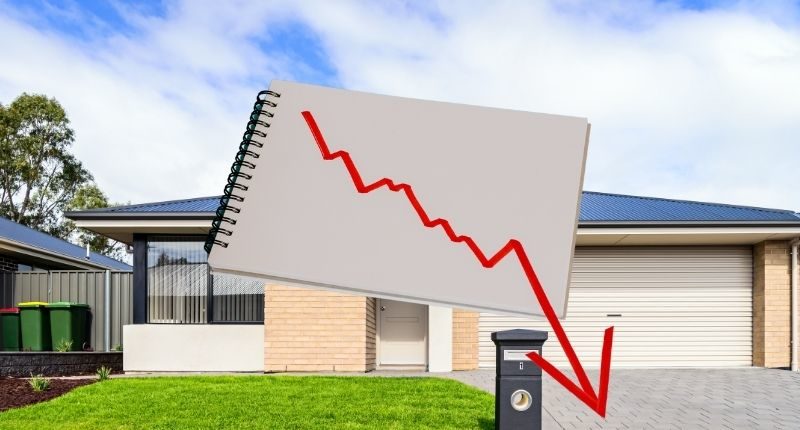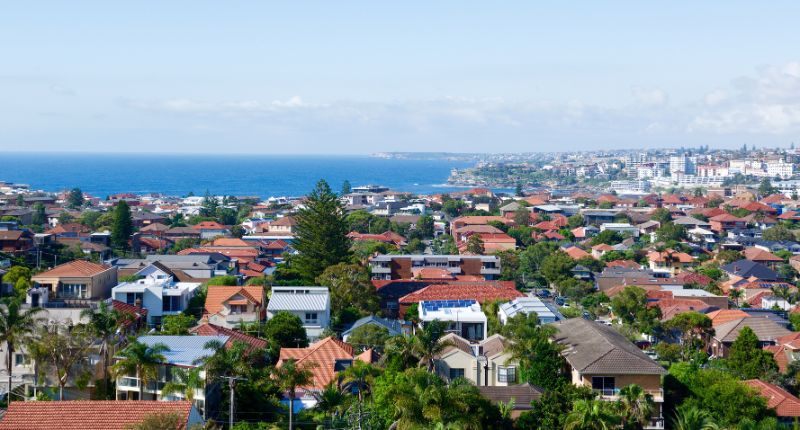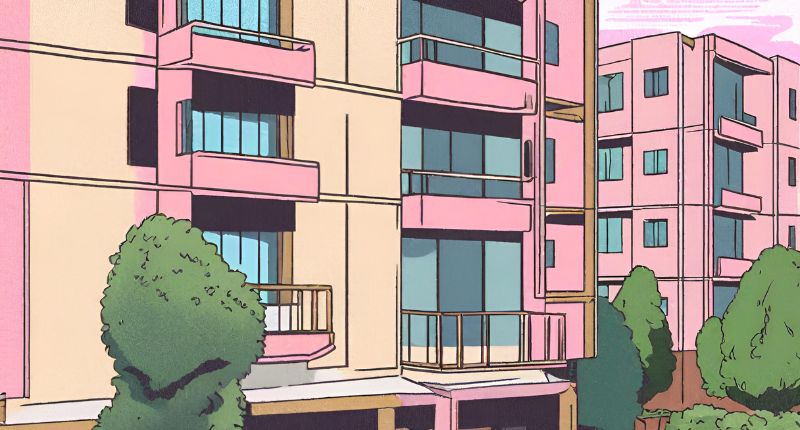- Seasonally adjusted, new home loan commitments fell 1.6% in June
- Remains at a historically elevated level of $32.1 billion
- Largest fall occurred in Victoria
Despite remaining at a historically elevated level of $32.1 billion, the value of new (seasonally adjusted) housing loan commitments fell by 1.6% in June, according to the Australian Bureau of Statistics (ABS).
The value of new loan commitments for owner-occupied housing also fell by 2.5% in June – the largest fall since May 2020.
More often than not new home loan commitments are used as an indicator for future house price growth, with a lag of around six months. So is this one sign that the housing boom could be on the wane?
Perhaps not, as owner-occupier commitments remained 76% higher than a year ago and 64% higher than pre-Covid (February 2020) levels, according to ABS head of Finance and Wealth, Katherine Keenan.
“The largest contribution to the fall in owner-occupier loan commitments was a fall of 17% in the value of loan commitments for the construction of new dwellings. In addition to this, there was no growth in lending for the purchase of existing dwellings.”
Katherine Keenan, ABS head of Finance and Wealth
“The fall in construction lending followed a period of rapid growth between July 2020 to February 2021 in which the value of loan commitments rose by 150%. This strength continued to unwind after the reduction in January of the HomeBuilder grant and its subsequent closing in April.”
The value of owner-occupier loan commitments fell by 5.8% in Victoria, -3.2% in New South Wales and -6.9% in Western Australia. However, it rose by 1.8% in Queensland and 7.4% in the Australian Capital Territory.
“The largest fall was seen in Victoria where strength in first-home buyer lending tied to construction activity continued to unwind post-HomeBuilder,” said Ms Keenan.
Adrian Kelly, the Real Estate Institute of Australia (REIA) President, added that while the figures showed the property market remained strong it is settling down due to economic concerns surrounding the impact of ongoing lockdowns on economic sentiment.








